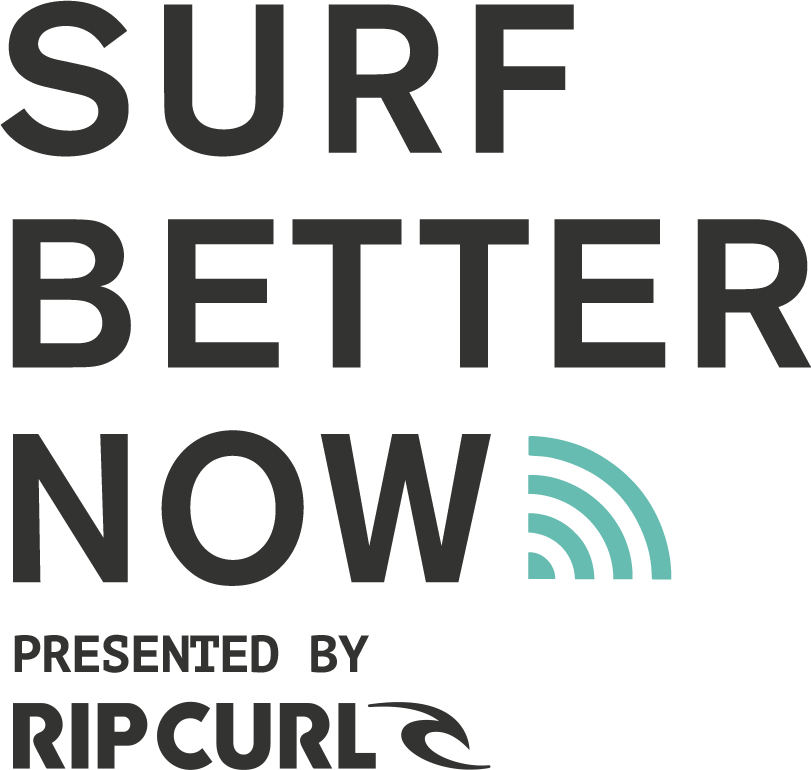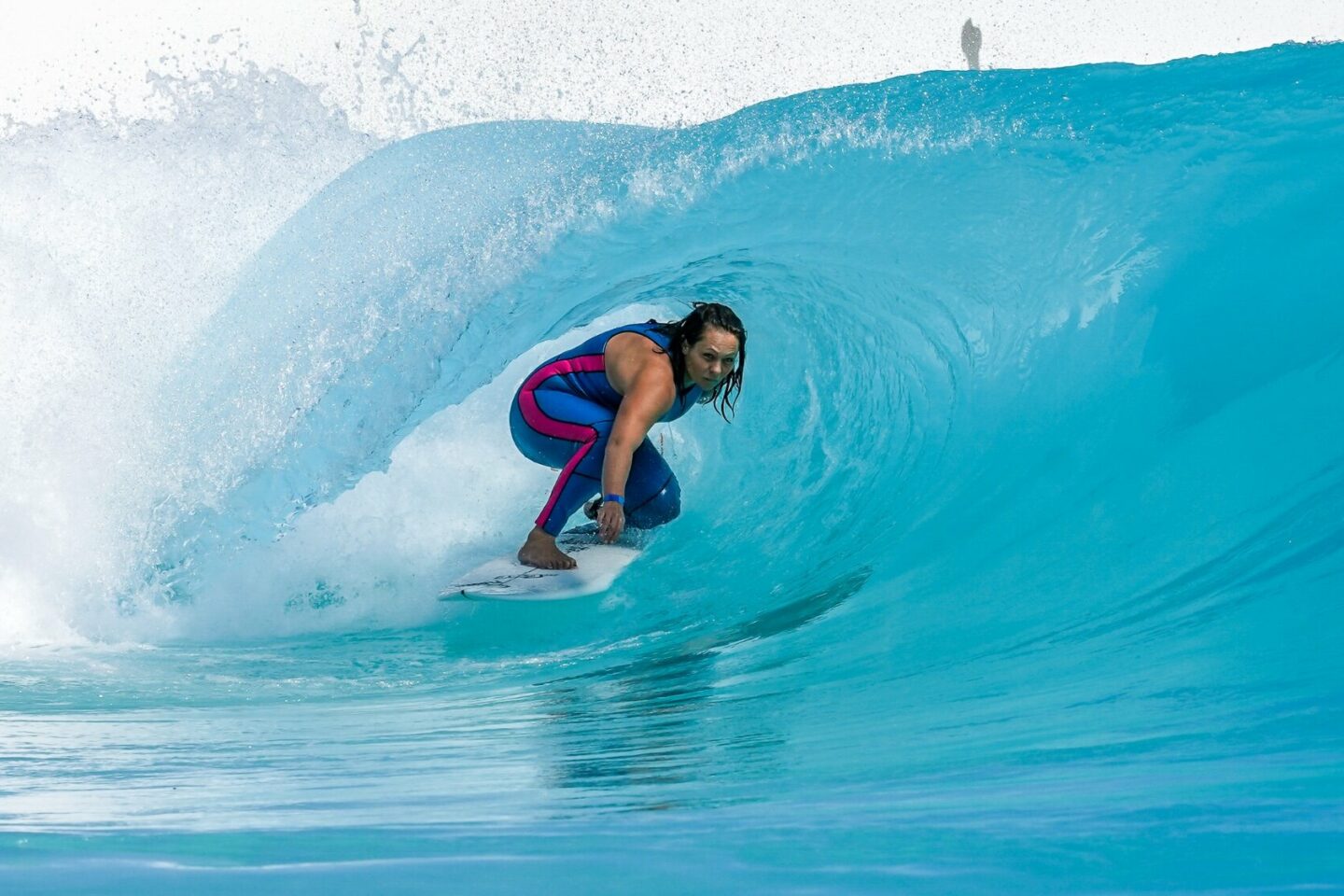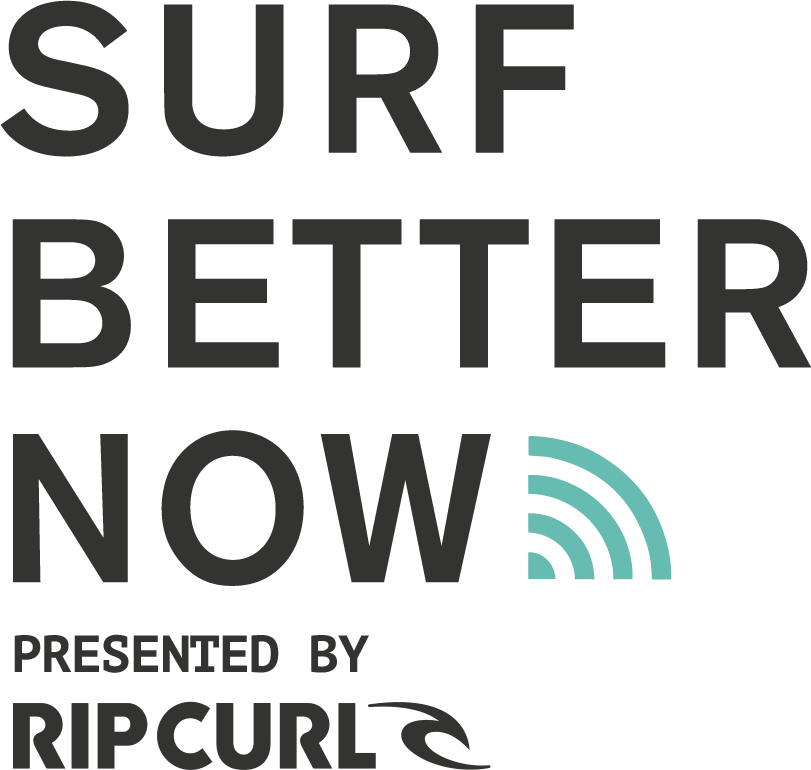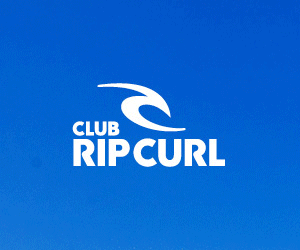Thanks to our friends at WavePoolMag, we will be showcasing some of the different wave pools around the world and deep diving into the technology behind them. Dive in to this warts and all breakdown of URBNSURF Melbourne!
Talking with Sarah Beardmore is unwittingly joining in a game of accent roulette. Just try to place it. Sometimes it’s Ocker, sometimes clipped British and other times it’s lost in a deep Scottish bog. It’s a mystery accent we can’t figure out.
Urbnsurf, to the non-initiated, is also a mystery. We see epic clips of pros ripping the Beast setting and we marvel. We also see A-List surf celebs Jack Freestone and Alana Blanchard shredding romantic evening sessions. But all that digital candy doesn’t help us get any closer to what the true Urbnsurf experience is like.
Thanks to Sarah Beardmore, we’ve created this review, an ultimate guide to Urbnsurf, Australia’s first public wave pool. Sarah takes the mystery out of the surf park for readers and reviews the overall user experience.
She walks us through how to get there, nearby accommodations, equipment hire, food options, lineup etiquette and whether you need to bring your own shade (you do!).
She also explores the best board options for Urbnsurf, membership choices, photography services, intermediate wave settings and many more points in between including Urbnsurf wave pool prices.

Before you can get in the water to do this, we’ve broken down the whole experience so you know what to expect when visiting urbnsurf. Author Sarah Beardmore. Photo by SurfChimp
How do I get to Urbnsurf?
Urbnsurf Melbourne is located at Tullamarine just moments from the airport. This makes for a quick and easy trip, whether it’s b-leisure (business and leisure) or an opportunity to tie it in while visiting other parts of Victoria.
For those living in or around Melbourne, they pretty much have a wave pool in their backyard. It is a 20-minute car ride from the city center.
I’d estimate it’s around a $12 Uber ride from Tullamarine to the pool. Unless you are driving onwards after your Urbnsurf sessions there’s no point renting a car.
Check-in with your hotel – as stated below, there is a free airport shuttle from the accommodation closest to the wave pool.

Right across the street from Urbnsurf, the Ciloms Airport Lodge is a no-nonsense place to stay when visiting the surf park.
Is there nearby accommodation?
Ciloms Airport Lodge is the go-to nearby accommodation for those heading to Urbnsurf. And when I say nearby, I mean it’s literally less than 100 steps from your hotel room to the waves.
Don’t expect luxury or frills or even bells and whistles at this accommodation as it’s basic. But it’s got everything you could need and it is the closest place to the wave pool.
These guys also have a nifty free shuttle too so you can save on car hire or the $24 round-trip Uber ride from the airport. The cost of Ciloms is around $120 to $160 per room, per night.
If you call them directly they will match and sometimes beat Booking.com’s price. It’s also got a pool table, bar, and restaurant so plenty to do in the evening and between surfs.
If your significant other, friends, or family are on a different schedule than you, it’s great because they can just walk between Urbnsurf and the hotel when they don’t want to be at the lagoon the whole time.
How do I get to the surf park?
For those driving for their session at Urbnsurf it’s free parking which is often hard to come by, especially when the word “Melbourne” is involved.
It’s an easy 10 mins from the car park to the check-in area, which is positioned just to the left of the entrance.

The whole process from parking lot to lineup is pretty self explanatory. But if you need help, staff is ready to point you in the right direction.
What happens from check-in to walking into Urbnsurf?
Online bookings open up six weeks in advance and they sell out quickly. If you are traveling here by plane, it’s best to confirm your Urbnsurf sessions and then book flights and accommodation.
When you check-in at the surf park there are some iPad-like machines to find your booking.
This process is pretty straightforward and a friendly Urbnsurf team member will check you in and provide you with your RFID (Radio-frequency identification) wristband.
This wristband is essentially like your electronic key to get you in and out of the park as well as to get you into your surf sessions.
If you are visiting the park with others and have different sessions scheduled, it’s not a bad idea to take a permanent marker and write your initials on the band so you don’t switch them up.
Make sure you have written down your session times somewhere too. If you have sessions over two days, you only need to check-in the one time but you need to scan your RFID wristband every time you enter the pool, so guard it!
Are there lockers and changing facilities?
Locker hire for your valuables is included in the price of surf admission and can be used throughout the day.
They can be accessed by scanning your RFID band. Some areas looked like open changing areas, as well as a few individual unisex rooms to change which include baby change rooms.

Urbnsurf has received good marks for their surfboard hire selection from some of the biggest named boardbuilders in Australia.
Do they have board hire?
I was impressed by the quiver of boards at Urbnsurf which includes designs from Lost Surfboards, JS Industries, Haydenshapes, Pyzel, Channel Islands, Firewire, and Softech.
There were also softboards, longboards, and bodyboards and well as Rip Curl wetsuits and FCS fin rental.
Being able to affordably rent all your surf needs, makes it an easy place to stop over mid-vacay trip or business trip without having to worry about lugging your board bag on the flight – and more often than not, paying excess fees.Board and wetsuit hire options are priced as follows:
2-hour options
· $5 for 2-hour softboard hire
· $15 for 2-hour hardboard hire
· $10 for 2-hour wetsuit hire
All-day options
· $10 for all-day softboard hire
· $20 for all-day board hire
· $15 for all-day wetsuit hire
What are the facilities like and what do you need to bring?
Urbnsurf was still undergoing some developments. The basic needs were there especially for the surfers enjoying their sessions.
While the hot tubs weren’t ready for our visit, they look like they will be ready for Winter. Pretty cool looking kids playground with a first-class view of the surf. The sunbeds were an awesome place to lounge around.
However, there is limited shade, so as always, be prepared with appropriate sun protection.
Surf shop: The Lagoon Supply Co. surf shop has a pretty well-stocked shop for your surf essentials and shopping splurges.
How much does it cost to surf at Urbnsurf?
· Plays In The Bays: (1 hr) $15 child and $25 adult
· Cruiser/Intermediate: (1 hr) $59-$69 child and $69-$79 adult
· Advanced: (1hr) $79
· Beginner Group Lesson: (1hr 45min) child $59 and $69 adult
· Spectator Pass: (all day) $5
· 10 x advanced surf sessions: $700
· 10x Cruiser/Intermediate surf sessions: $530-$620
· 3x group surf lessons: $160-$185
Full price list here
I personally feel that the prices are super reasonable compared to what I was expecting when I first heard Urbnsurf was opening.
What food is there?
There were a morning coffee cart and a food truck to buy food. As I am familiar with the Three Blue Ducks restaurant up in Byron Bay, when the Urbnsurf location opens, it will be a great addition to the surf park.
Surf Better Now Editors Note: Three Blue Ducks is now open! They serve everything from great coffee to quick take away food to amazing meals in their dining area!
What’s the wave like?
When I first saw the left and right points which are divided by the wave generator in the lagoon, I felt as though I was in some kind of other world. It was totally surreal.
It’s at these left and right waves that they hold cruiser, intermediate, advanced and expert sessions (both the left and right waves are on the same level at the same time).
Before a session, all the surfers gather around the lifeguard tower at the front of the pool and get instructions and the general safety rundown.
Surfers then scan their RFID wristband and in a singular line, leaving around 2m between each other will paddle out along the concrete looking pier structure.
Think of it as a flat pyramid and you are paddling in the middle to the top. In my sessions, there were around 16 people on the left and 16 people on the right.
The max is capped at 18. I was there a few days before the COVID-19 shutdown so there were a couple of open spots but I have a feeling this is rare.
Check out our subscriber exclusive breakdown of how to generate speed in a wave pool here

The Wavegarden Cove design allows the expended intermediate and advanced waves to gently roll through for the learner set and surf instructors.
Where do you take off?
So there you are, paddling out in anticipation and lined up. Before a set arrives you will hear a mechanical surge and it’s the indicator to get ready.
The first lump that comes through of every set you are told to let go, and then the waves just start coming… and coming.
One side of you, you can watch the waves and the other side (the middle) is this metal like mesh material.
While you need to stay close to the side with the mesh you can’t get too close because each surge it sucks the water and you don’t want your fins, feet, or hands getting stuck.
Once the last surfer in line takes off, the next gets ready until it’s your turn to get into position.
You’ll be taking off further out the back towards the tip of the pyramid at the beginning of the session and as it gets more advanced you’ll be taking off a bit further in.
I learned towards the end of each session that the last 20 minutes or so I was lining up in front of the flag.
What happens when you kick out?
Once you come off the wave, whether it be on the take-off or further down the line, you want to get out of the way as soon as possible.
Aim your board to the beach and paddle around the impact zone, the current helps to bring you back around to the line-up area.
Don’t fight the current and get in people’s way and don’t try to get a second wave.
The better you’ve surfed the wave and the longer you’ve been on it, the easier it is to get to the back of the line and prepare for your next wave.
The day I went offered glassy conditions in the morning and offshore in the evening. It had some northerly in the wind which makes it offshore.

While one blown takeoff isn’t a big deal, since everyone has spent money to surf, a second blown wave is definitely frowned upon. Author Sarah Beardmore during her visit. Photo by Surfchimp
What’s the vibe in the lineup like?
Urbnsurf etiquette is gentleman’s code. However, I always struggle saying that- after all, it is 2020.
After much googling, I couldn’t find the equivalent so let’s go with human code.
If you screw up and miss the wave, paddle into the back of the line. Every so often on a rare occasion, if someone has missed a wave twice or you are lucky, the line-up might let them have another go.
It seemed to be that the next 10 surfers had to give some kind of nod of approval, so read the room before trying that one.
Intermediate:
Longer waves – around 70m, fun, and good for turns. Often you’ll go to do a snap but it’s a little softer than you are anticipating so you’ll want to draw your lines out – especially on the forehand.
As the session progresses, so do the waves, they get steeper toward the end of the session. The intermediate is definitely leaning toward the advanced level of things.
If you haven’t been catching waves by yourself for a while or you show any signs of not being confident this isn’t the session for you.
I saw a ton of people in front of each other panicking and not knowing how to get out of the way. I felt safer surfing the advanced than I did the intermediate as the level seemed to be more consistent across the board.
Advanced:
What can I say!? I had so much fun. It definitely takes a few waves to get used to it.
Starting off with turn sections for about 20 min, they then start pumping it up and little barrel sections will appear.
Then the last 15 min is like surfing a mini slab. The waves start around 70m long and when the setting is turned up they shorten up to around 50m and get heavier.
The barrel isn’t always the same, sometimes round, sometimes kind of like an almond shape so you have to crouch pretty low and contort your body at times to really make sure you are in it.
The barrel in the advanced session sometimes slightly boomeranged. It felt like you almost needed to look out and up even higher than you usually would.
Ultimately to exit cleanly and not get clipped by the lip, there was this fine line between generating speed with your weight on the front foot and coming up and out while still keeping an eye out for that slight bend in the wave.

Urbnsurf offers a variety of wave settings including Cruiser, Intermediate, Advanced and Expert
What was your first wave like?
Waiting for my first wave was nerve-racking, it was like I was at seventh-grade swimming carnival about to start my 100m race.
A big part of the nerves was the anticipation and the fact that it looked like you needed to be in the exact right spot and that you have a line of 16 surfers watching you take off.
To add to that mix, I was the only girl in that session so just like at the ‘real beach’ there is something about setting the stage of your ability to kind of earn some respect in the line-up.
Which I didn’t! The first wave I fell off, I was way too relaxed on the take-off, you actually have to paddle that little bit harder than you usually would.
Second wave… I went the total opposite, sat deep, and paddled too hard. I was too late and chipped the nose of my board on the concrete wall next to the wave!
Luckily I had some ding repair with me to fix it post-surf. Third time lucky, I made the drop and a few waves later I was enjoying the barrels on offer, so thankfully managed to gain some of that respect back.
How was the wave quality?
The waves at the end of the advanced session had me feeling like I was at a small 3-foot day at the Mentawais.
It was a mechanical barrel minus the palm trees, boat in the distance, and the fact I was wearing a wettie.
How many waves do you get in a session at Urbnsurf?
There are around 12 waves per set, per side, and around a two-minute wait between the sets.
I have to be honest I was having too much fun to count how many waves. But I’d venture to guess I caught around 11 or 12 waves during each session.







Is the board hire includibg in the lesson